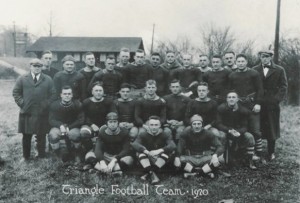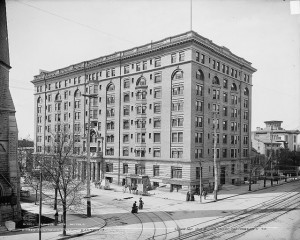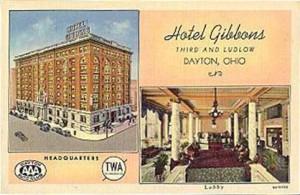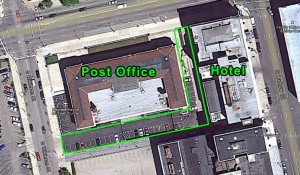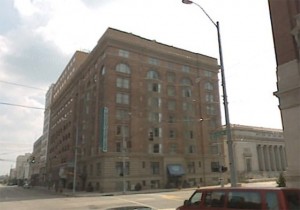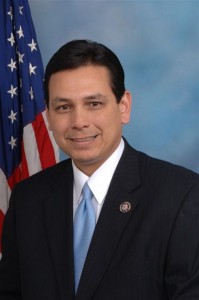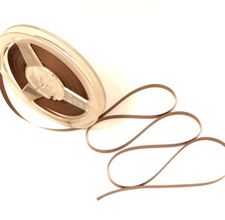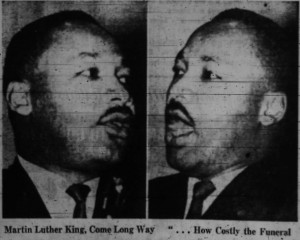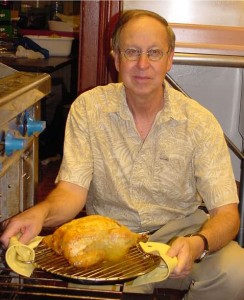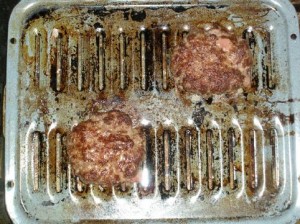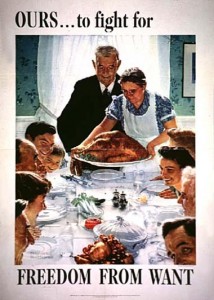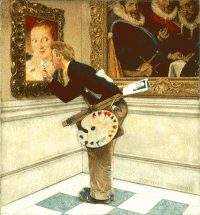Next week, madness descends on Dayton. A very specific kind of madess: March Madness!
Okay, granted, March Madness will descend on pretty much everywhere in the U.S., and anywhere else where you can find fans of NCAA basketball. People will be huddled around lunch tables and water coolers comparing brackets, sitting at their computers filling out their best guesses as to who will advance to the next round, or engaging in some (hopefully) friendly wagering, while those who don’t follow the sport will be sick of the words “final four,” “bracket” and “seed” by next week.
And it all starts here in Dayton, Ohio, where the very first game will be played, at the University of Dayton Arena.
Dayton has hosted the initial NCAA Division I men’s basketball championship game since 2001, when the championship series was extended by one game to allow an additional two teams to participate. The event was a hit, and the community embraced the game with open arms (and wallets). Last year, the opening round was expanded to four games, now known as the First Four, and met with equal enthusiasm.
This year, the city of Dayton is taking it further, by holding the first-ever, First Four Festival in the nearby Oregon District. About two miles from the arena, this free festival will take place on March 11th, aka “Selection Sunday.” This is when the NCAA will select which four teams get to compete in the First Four. There will be something for everyone at the festival. The Oregon District is a historical neighborhood with many bars, nightclubs, and restaurants, so there will be plenty of places to gather for a beer or a bite to eat while watching the tournament announcements on the big screen. There will also be heated tents in the street, with more places to watch tournament events and get food and drink, plus live music and other entertainment, games for kids, and educational/informational displays about all kinds of cool Air Force technology that’s been (and is still being) developed in the area. There’s also a “First-Four-Miler” fun run associated with the event.
People around here loooooove college basketball, and the city expects to recoup the investment they’ve spent on the festival (and then some, they hope). Last year, the games alone contributed $3.5 million to the local economy, and this year, they’re expecting close to $4 million. In addition to the economic boost, the festival organizers are hoping the event will further the public’s association of “Dayton” with the “First Four.” Hopefully, it will also show the NCAA selection committee that Dayton should continue to be the site of the First Four for many years.
U.D. Arena seats over 13,000, and as of last week, over 10,000 sets of tickets (to all four games) had already been sold. The arena has hosted more NCAA Division I tournament games than any other site in the U.S., and Dayton has been one of the country’s top areas for game attendance for many years.
I’d love to hear from you! Are you a college basketball fan? If you live nearby, would you go to the First Four games? Or maybe the festival? Are there any big sporting events like this in your hometown?
More information on the games and event can be found at Dayton Most Metro, the Dayton Daily News, and the official First Four website.
First Four logo ©NCAA, via Dayton Most Metro
U.D. Arena photo by flicker user Sonnett is used under Creative Commons license via Wikipedia



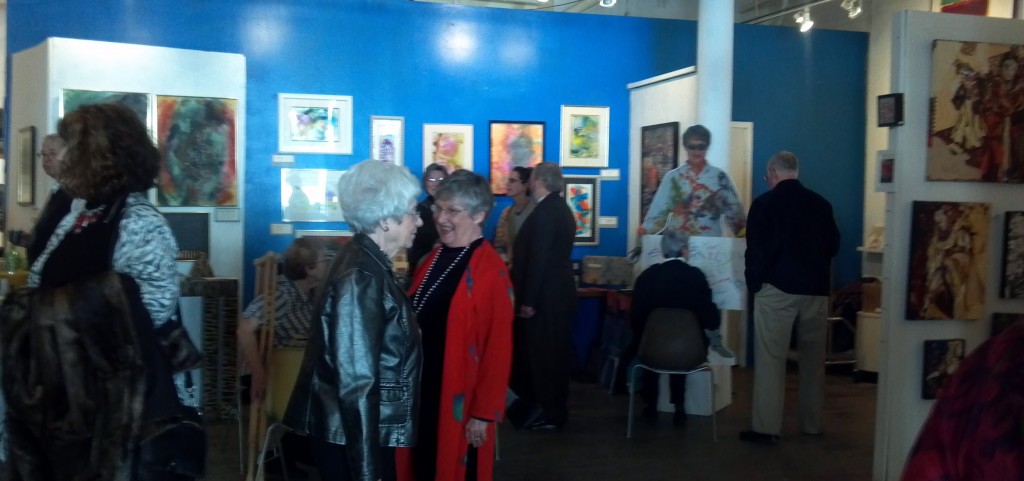


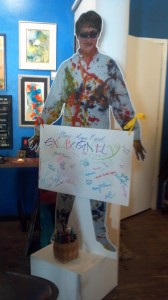
 This Saturday night, 16 area business people, arts and charitable organization representatives, Dayton Daily News staffers, and other volunteers will participate in Dayton’s own fight club – for charity. These fighters and their audience of 2500 (if it sells out) will get to take a little trip back in time, too (figuratively, of course) as they take Memorial Hall back to its glory days, when it was the place to go to see the fights.
This Saturday night, 16 area business people, arts and charitable organization representatives, Dayton Daily News staffers, and other volunteers will participate in Dayton’s own fight club – for charity. These fighters and their audience of 2500 (if it sells out) will get to take a little trip back in time, too (figuratively, of course) as they take Memorial Hall back to its glory days, when it was the place to go to see the fights.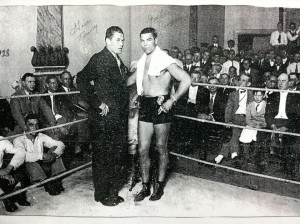
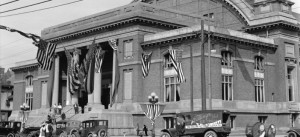
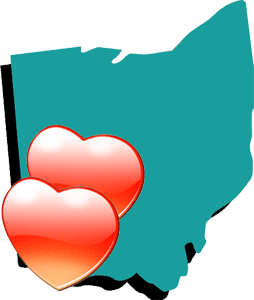
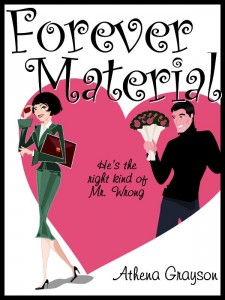 So where are all the romance novels that take place in Ohio? It’s the first place that comes to mind when choosing a setting… oh wait, that’s just me. Or is it?
So where are all the romance novels that take place in Ohio? It’s the first place that comes to mind when choosing a setting… oh wait, that’s just me. Or is it? But what about historical romance, or paranormal? Those are a little trickier. The only historical that quickly comes to mind is
But what about historical romance, or paranormal? Those are a little trickier. The only historical that quickly comes to mind is 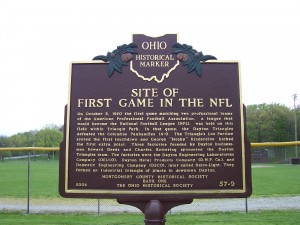
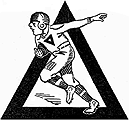 In 1916, the Cadets reorganized as the Dayton Triangles, pulling their roster from the employees of their three corporate sponsors, DELCO, Delco-Light, and the Dayton Metal Products Company. The Triangles’ Manager, Carl Storck, represented the team in meetings in Canton that ultimately resulted in the forming of the AFPL.
In 1916, the Cadets reorganized as the Dayton Triangles, pulling their roster from the employees of their three corporate sponsors, DELCO, Delco-Light, and the Dayton Metal Products Company. The Triangles’ Manager, Carl Storck, represented the team in meetings in Canton that ultimately resulted in the forming of the AFPL.